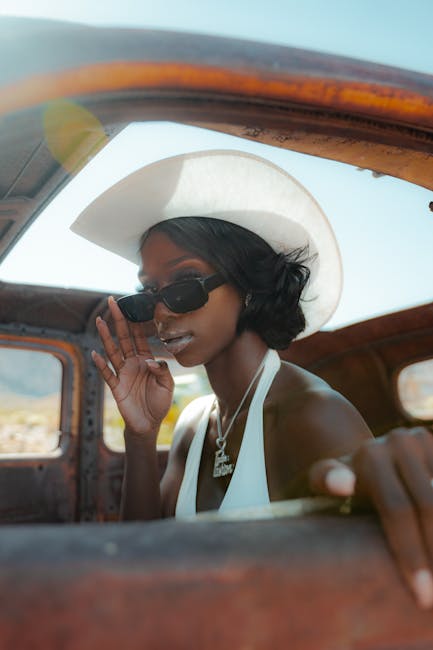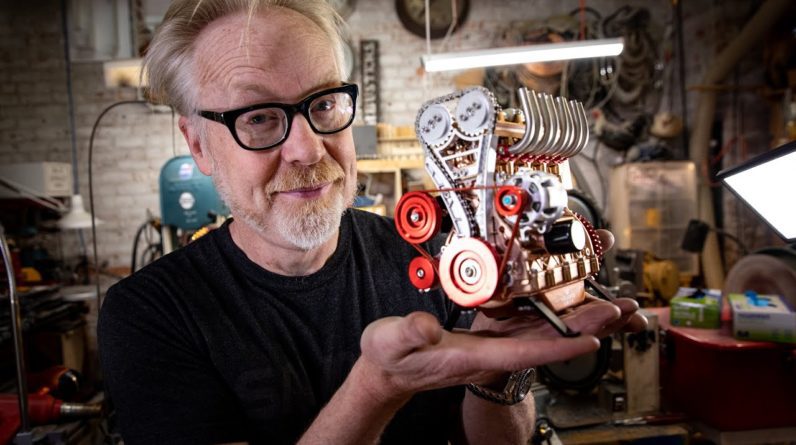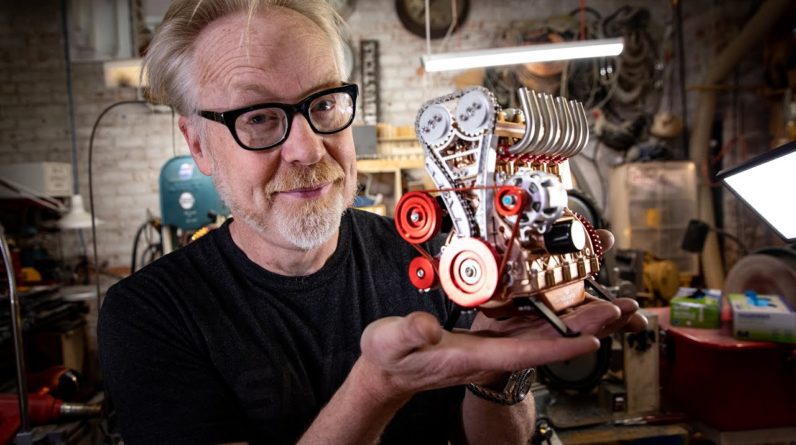– [Jason] A good idea
while building model kits is to put all your parts into baggies. I know that just may seem
like a bit of a stretch as far as complicating
things a little bit more, but over time, if you put a
lot of your parts into baggies, you won't lose them or break them and it keeps everything
a lot more organized. And organization is the key to actually having fun and a good time with model kit building.
As you can see here, with
the time machine parts that I have with the chair, I have the larger parts in a large bag and I have the smaller
parts in a smaller baggie inside the larger bag. And this is so that I don't lose the parts and they don't get broken, and I can actually put
this one whole section somewhere else so that
the parts won't get lost and I can get to the quickly. So a quick tip is just to be organized and keep everything together. (upbeat music) I have all the parts
laid out to each chair that all the parts correspond with. Each chair has a total number
of 24 individual parts. To the two time machine
saddles that are on the left, if you look in the rear of all
the parts behind the seats, you can see that I have
dryfitted each bottom section of each saddle. Now what I mean by dry fitting is that I've put parts together, but I have not glued them yet.
I will show you with the
saddle that's on the far right how I will go about dry fitting parts. I have the lower part,
or the lower section of the time machine saddle that needs to be dry fit. Now the definition of
dry fitting is just that. I'm not using anything wet or any type of adhesive in order to glue anything together. And these four sections that you see have a grove that's on the
opposite side of the piece. And basically it's going to fit around or this part right here is going to slide into this section right here. Now let me show you how
I dry fit these parts to make sure that they fit properly. Basically all I'm gonna do
is I'm gonna turn 'em around, and I'm gonna just slide
'em into the groovess. Do the front, do the back, and I'm gonna do each side. (relaxing music) And that's it. All four sides of the
bottom portion of the saddle are now fit snug onto
the base of the chair. And that's it, that is exactly what dry fitting is all about.
You wanna make sure that your parts fit before you glue 'em together. A good idea when working with
either plastic or resin kits is to mark the areas that need to be cut. I suggest this so that it
can save you a lot of time and headache in the future. Basically, I take a Sharpie marker, and I draw either a squiggly line or a slash or an X. As you can see here, I have squiggly lines, slashes, or Xes.
Also, a good suggestion is that if you wanna be more specific and a little bit more precise depending upon what
kind of model kit it is and what kind of detail you want and what you need to cut away, make an X or make a box and then use slashes to shade in the area that you need to cut away. So just remember, like
the old saying goes, measure twice, cut once. Remember, this is a really good idea to save you time and
headaches in the future. As you can see there I have a dust mask, and it's very, very important that you wear the mask
when you're sanding resin. You don't wanna breathe resin dust in, it can give you upper respiratory problems if done over time, and it's just not safe
for you to breathe in.
So please remember, wear a mask. (loud drilling) And you can see here my girlfriend is starting to cut a lot
of the large groove pieces from the parts of the time machine that are going to form the chair, and obviously, as you can see here, there's a lot of resin
dust that's coming up, and that's why she's wearing the mask.
Please remember, any time
that you are cutting resin, to please use a face mask. (loud drilling) OK, now that I've used the motor tool to sand down around the area that I had the Gorilla Super Glue, now it's time to do some wet sanding. And wet sanding is exactly just that. You have a water bottle with water in it, and basically all you do is you spray the water onto the piece, or if you would like, you can spray it directly
onto the sandpaper, and then basically all
you do is sand away. Now what this will do is
create a smoother surface. (loud sanding) Now if you were just to
sand it without water, it would actually make the
surface a lot more rough, and can cause more problems, bigger holes, divots, scratches.

So all you do is to squirt
the water on, start sanding, and then basically you start
with a low grade sandpaper, and you end up going to
a higher grade sandpaper with more grit. The higher the grit, the
smoother the area's gonna be. I show you an easy way to locate pupils on either a bust or figure model. So, why don't we get to the video. No one item can make or break a figure as effectively as the eyes. If they are well painted, they can make an inanimate
model seem to come alive.
But no matter how well built or painted a figure model may be, if the eyes are poorly done, it will only be a model. There are any number of
ways to select paints and color schemes for painting eyes. We're talking about human eyes here, other beasties don't have
to meet the same standard or larger scale kits. When you get much smaller
than one twelve scale, it's generally better
to do little detailing with the eyes than to do too much. There's no one right way to paint eyes, except for one rules: the pupils of both eyes must be aligned
in the same direction.
There are very few characters that look good when they
are cross-eyed or wall-eyed. Frequently, the sculptors of
the patterns for model kits render the eyes as smooth
sections of spheres. This was the case with the model we'll use as our example. Geometric designs, one
quarter scale resin bust of The Bride of Frankenstein, sculpted by Jeff Jaeger. It would be easy to paint the whites and irises of the eyes realistically, but if the centers of
the eyes, the pupils, were out of alignment, or weren't painted as
perfectly round circles, all the preceding work
would be for nothing. And yet, there's an easy
way to render pupils, which will work for most any scale model with smooth eyes that are
large enough to detail.
Simply drill the pupils out
before painting the eyes. This should be done before the final color coats are applied, preferably after the
application of the primer or base color. At this stage, you can play around with the position of the pupils as the direction in which
the eyes will be looking can greatly effect the
mood of the finished piece. It's helpful to locate
the position of the pupils with a pencil, and the paint will provide
a little tooth for the lead.
Or, you can take a digital
photo of the model, and use a drawing program
to move the pupils around. When you think you've got
the pupils accurately marked, check by holding a model so that you're looking
straight into the eyes. If you've got them lined up properly, you'll get the unnerving sense that the eyes are looking back at you. If one mark is a little off, now is the time to correct it. Now all you have to do
is drill out the pupils. For this operation, a
handheld pin vice is advisable because you want the greatest control. Only a shallow depression
will be necessary to create the pupil. Now the rest of the eye can be painted, because the pupils have
already been centered it will be much easier to
paint the irises around them. The result will be a
convincing set of eyes that will truly make
your figure look alive. Well I hope that you like the suggestion, and find it useful in locating pupils on a bust or a figure kit. Now the right size to find
the pupil area in scale would be like a quarter
size bust or larger, or a larger, maybe 10 to 12 inch figure.
When you start getting smaller, then I would either suggest going under a magnifying glass or getting decals that
you can put on the eyes. (upbeat music).






